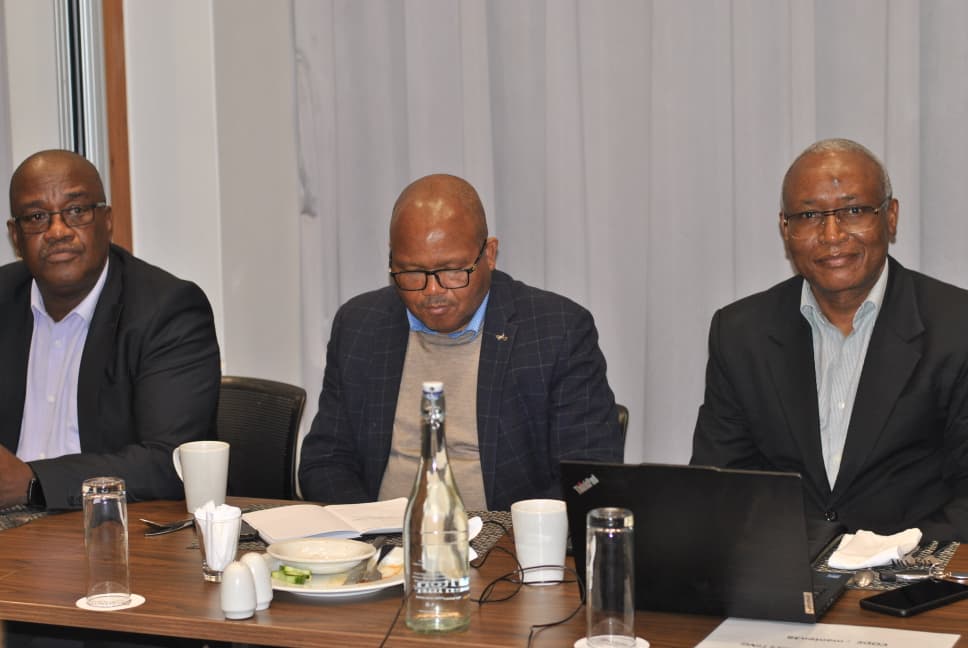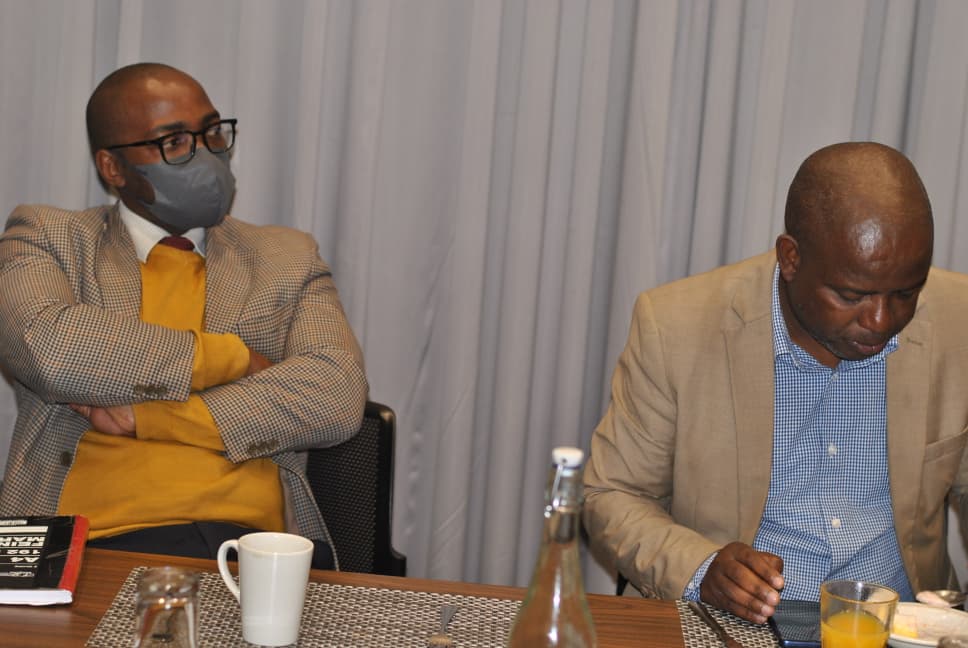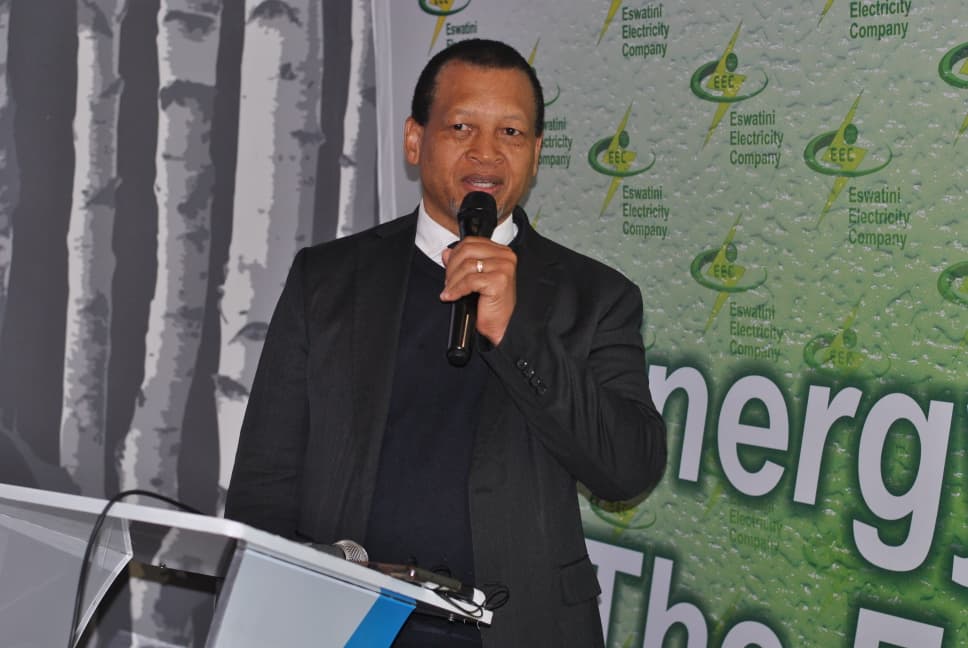
The Eswatini Electricity Company (EEC) has announced plans to develop a coal mine.
EEC Managing Director, Ernest Mkhonta, confirmed the project during a recent media stakeholder breakfast in Mbabane, noting that the utility is in the process of obtaining a coal mining license to unlock the project’s first phase.
Once operational, the facility will enable Eswatini to generate electricity using its coal resources, reducing exposure to volatile regional power markets.
“Utilizing our own coal ensures energy independence right from the resource to electricity generation,” Mkhonta said.
“If all goes well, we expect the plant to be in production by 2030.”
The planned facility is expected to take four years to complete once all approvals and funding are secured. It will provide baseload power, a constant and reliable electricity supply that complements EEC’s renewable generation portfolio, which includes hydro, solar, and a planned geothermal project.

Adding further detail to the coal development plan, EEC’s Legal Counsel and Company Secretary, Thabiso Masina, revealed that the company’s coal exploration efforts date back to 2016, when surveys confirmed the presence of approximately 23 million cubic meters of coal in the targeted area. The coal, classified as semi-anthracite, is of notably high quality, attracting premium prices in international markets.
“Our 300 MW power plant will require about one million cubic meters per year,” Masina explained. “That means we have enough proven reserves to power the plant for roughly 30 to 35 years. Additionally, there’s an estimated 48 million cubic meters of coal in nearby areas that we haven’t been able to access yet.”
Crucially, Masina revealed that EEC has received a letter from the Minerals Management Board, delivered last month, indicating the mining license will be granted, with remaining procedural steps underway.
“We’ve been aligning with partners’ policies and stakeholder requirements, and the conversations have matured to the point where we’ve been formally advised we’re going to get the license,” he said.
Masina noted that the semi-anthracite coal, once washed, could fetch around E4,000 per ton in the international market, as opposed to bituminous coal, which can only fetch E400 per ton. This opens up opportunities to sell part of the resource internationally, generating revenue to subsidize electricity costs domestically.
“The plan is to sell a portion of the coal internationally and use those profits to subsidize domestic electricity costs, keeping power affordable for consumers,” Masina said. “That cross-subsidy is central to our objective of lowering the cost of electricity.”
He added that while EEC lacks in-house mining capacity, it is engaging partners to execute the mining operations and unlock that revenue stream.
The announcement comes as EEC continues to grapple with high electricity import costs, spending over E200 million each month to purchase power from neighboring countries. Although Eswatini generates about 20–30% of its electricity locally, the remainder is imported from South Africa’s Eskom and Mozambique’s EDM.

Mkhonta revealed that the company has renewed its power purchase agreement with Eskom for another 10 years, buying time to develop new domestic generation capacity. “This gives us the breathing space to put our house in order as a country and ensure that we have sufficient generation capacity built between now and ten years later,” he said.
Southern Africa’s electricity market has faced sustained pressures due to drought conditions that have reduced hydroelectric output in Zambia, Zimbabwe, and Mozambique. This has pushed up regional tariffs and limited the availability of cheaper electricity imports.
In addition to meeting domestic power needs, the project is expected to create jobs during both the construction and operational phases, stimulate local procurement, and attract new industries by guaranteeing reliable electricity.
“Electricity is one of the primary drivers of economic growth,” Mkhonta said. “Industries cannot thrive without it, and this project will give confidence to investors looking at Eswatini as a viable base for production.”



